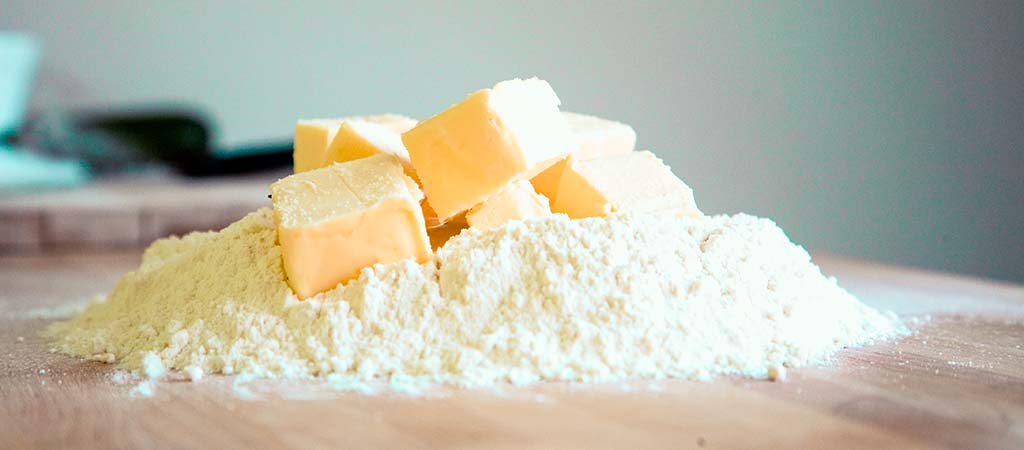Just as half of Britain decides to take up tennis during Wimbledon, a new series of Bake Off prompts hangry cake enthusiasts across the country to hit the baking aisles in their droves with dreams of becoming master pâtissiers. If you’re new to the kitchen, there are a few tricks you need to learn before you can even dream of attempting any showstoppers.
Recognising the ‘stiff peaks’ stage
Taking on any form of meringue recipe without knowing what a ‘stiff peak’ looks like is whisky business. After some vigorous whipping (use an electric whisk – your arms will thank you), egg whites become glossy and start to hold their shape – this is called ‘soft peaks’. You’ll know you’ve achieved stiff peaks when you can hold the bowl over your head without getting an eggy hairstyle.
The creaming method
There are two ways to mix up a cake batter – one, cryptically named the ‘all in one’ method – involves tipping all your ingredients into a bowl together and mixing them as one. The other – the ‘creaming’ method – involves beating room-temperature butter into sugar until light, fluffy and creamy, before adding the eggs gradually. The dry ingredients are then folded in to give you a light and airy batter.
Piping
Nifty piping skills are handy for so much more than putting the icing on a cake, and a firm and steady hand is essential. Hold the piping bag with your dominant hand at the top and your other near the nozzle. Squeeze gently from the top to release the mixture in a smooth flow. Once you’ve gotten to grips with the basics, you’ll be able to use your new skill to pipe perfect macarons, choux pastry éclairs and buns, as well as elevate any bake to show stopper status.
Tempering chocolate
Achieving perfectly glossy, delectable-looking chocolate is as much an art as it is a science. ‘Tempering’ involves melting and cooling the chocolate to specific temperatures in order to boost its chocolaty-ness. To do it, start by melting chocolate over a bain-marie until it reaches 45°C (you’ll need a digital thermometer to get the temperatures right). Once it hits this, plunge the bowl of chocolate into a larger bowl of icy-cold water to quickly drop the temperature. Allow it to drop to 27°C and then return to the heat, stirring constantly throughout this process.Once the temperature comes back up to 29°C, it’s ready to be used.
Kneading
Here’s one you really knead to know. Kneading dough helps to develop and elongate the strands of gluten in the flour, turning them from a messy jumble into nice, neat lengths. As this happens, you’ll notice the dough starts to feel more elastic and malleable. To tell if you’ve kneaded the dough well enough, take a small piece and stretch it carefully between your fingers. If you can see through it without it breaking, it’s perfect.
